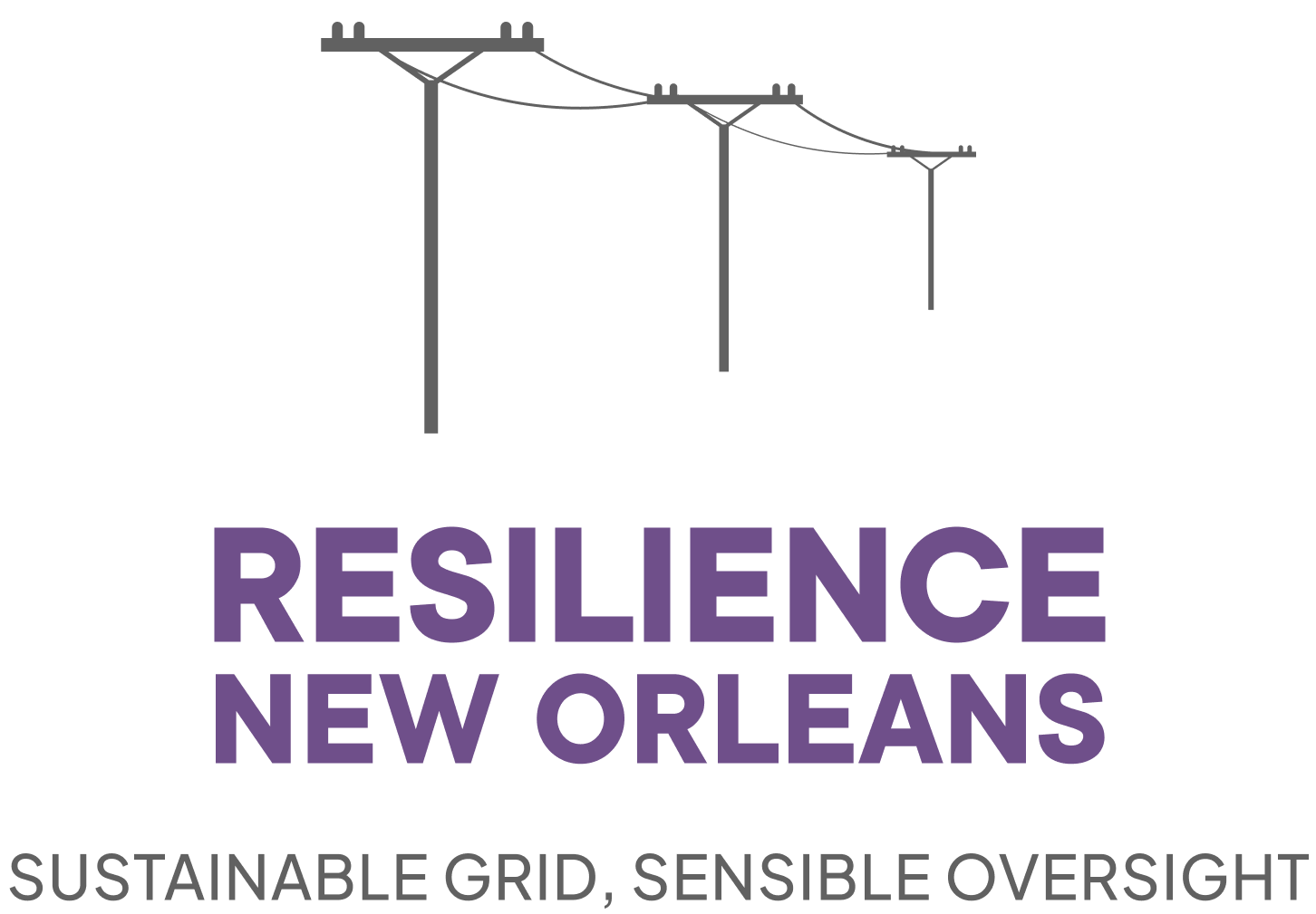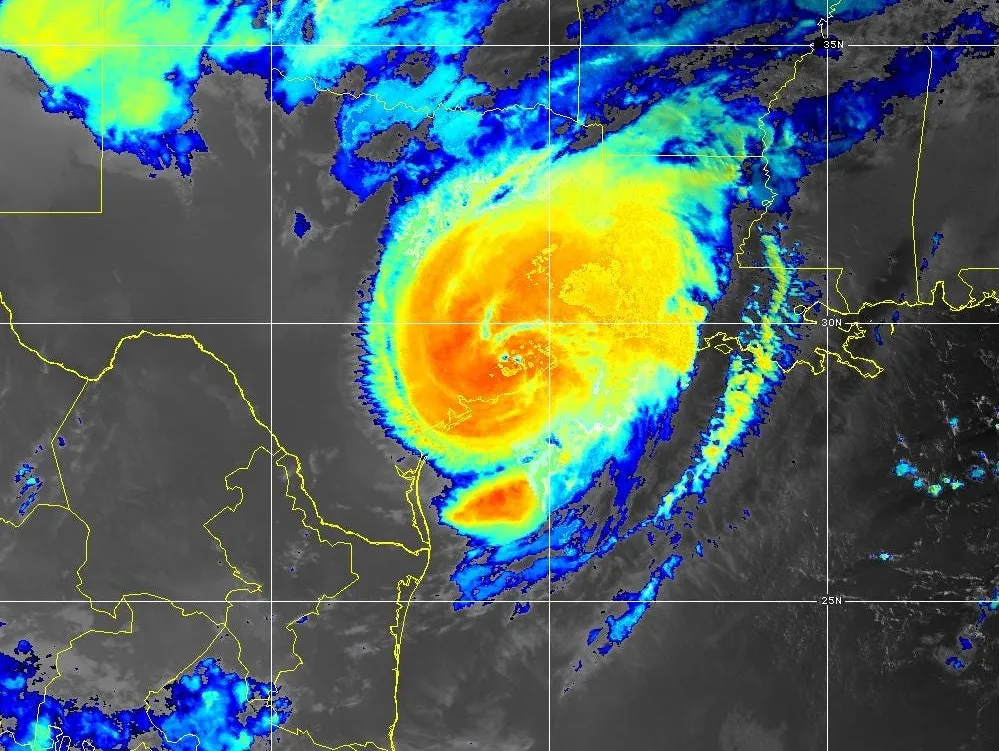From the AP:
“After Hurricane Beryl slammed into Texas early Monday, knocking out power to nearly 3 million homes and businesses, unleashing heavy rain and killing at least three people it moved east and later weakened to a tropical depression…Texas state and local officials warned it could take several days to restore power after Beryl came ashore as a Category 1 hurricane and toppled 10 transmission lines and knocked down trees that took down power lines.”
The article on Hurricane Beryl gives bad flashbacks. As someone who has ridden out several hurricanes in New Orleans and Houston, and helped with recovery efforts after Katrina, I am reminded of challenging these storms can be on us. And the dread watching the weather channel!
After Katrina, I hosted a webinar at Gulf Restoration Network (now healthygulf.org) with climate scientist Kerry Emmanuel who was among the scientists who said Katrina was bigger and stronger because of climate change, and hurricanes will continue to become more destructive. Now, 19 years later, NOAA announces: “Beryl first formed as a tropical depression on June 28, 2024, with winds of 35 mph; within the first 24 hours, the storm rapidly intensified into a hurricane with winds of 75 mph. This was the farthest east that a hurricane has formed in the month of June. In the following 24 hours, Beryl underwent another instance of rapid intensification becoming an extremely dangerous Category 4 hurricane. At that point Beryl was the first Category 4 hurricane to form in the month of June.”
This was predicted. It should not be a surprise. The only question is: what is New Orleans doing to make our city infrastructure stronger?
The GRID grant for better transmission mentioned in last week’s blog is a good start, but it is not nearly enough. The City Council needs to move forward with ENO’s Resilience Plan immediately. Upgrading electrical infrastructure takes time and the sooner we start the better.
Also, too many neighborhoods in New Orleans experience acute vulnerabilities like poor housing stock, food deserts, chronic health risks, employment insecurity. My organization, Resilience New Orleans, conducted a study to determine how the upgrades and cost would affect these more vulnerable communities and the findings were clear, the cost is a net benefit to our vulnerable communities.
- 453 million in investments to designated vulnerable areas will result in ~$1.25 billion in benefits.
- Specific populations – those living in a food desert, those with chronic health conditions, and those who work for hourly wages – will see significant benefits from less outages
- Reduction in food losses save up to $141 million per year.
- For every dialysis treatment day, health centers that remain open after an event will save residents from $350 to $900 thousand.
- Urgent care centers near upgraded lines that remain operational after a storm event would save $1.3 to $1.8 million per day.
- ~86,000 employees who work in areas scheduled for a resilience upgrade, including 20,500 lower wage positions earning less than $1,250 per month, will see fewer lost work days.
At the end of the day, it’s a simple choice between upgrading now or rebuilding later. Investing in resiliency and modernizing our electrical grid is cheaper, and the obvious choice.

